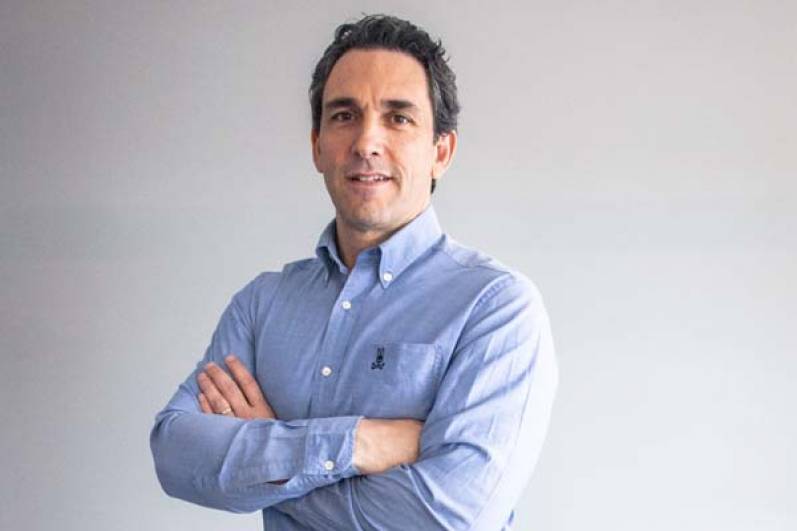Published in Argentina y el Mundo
The arrival of the pandemic put in the public eye the fintechs that began to gain territory in the national and regional market. Currently, in our country, there are 34 companies that provide this financial service, but how profitable is this business?
Virtual wallets became relevant during 2020 and became a very important financial bridge for both the self-employed and those workers who were outside the traditional banking system. In a market made up of 47.7 million customers, and which is growing every month, the companies that compete for the attention of Argentine users are 34.
As each of them has a different product portfolio, people set up their own “bank” and end up using, for example, one fintech to invest money and another for the discounts it offers in different supermarkets or streaming services.
The popularity that surrounds them, as well as the number of job offers available and the number of active users, can lead one to believe that they are doing very well financially, however, a financial industry specialist points out the opposite: “the majority lose, and you will always lose money. I am not referring to the three largest, which by capturing a large part of the market can hope to obtain today, or at least potentially, some type of profitability, but to the other 31, which will never be profitable. It is a global phenomenon, not exclusive to Argentina, in which the sector launched into a thoughtless race to capture a space without a clear business model”, explained Julián Colombo, CEO of N5 Now.
According to the manager, only the companies that entered the ecosystem later face two main challenges: first, they must compete with the large ones, some of which are already very solidly established, and second, even in the absence of competitors, the sources of income from this business are limited.
In the report prepared by Red Link for December 2021, the organization mentions that 263.3 million transactions were made, that is, 227.3% more than the same period of the previous year. “The main question we must ask ourselves is why it started… I’m not telling you the fourth company, but number 34. By trend? Why did they think it was a profitable business? Why were they sure that there was a fairly large market? The only rational explanation is to be bought in the obligatory consolidation process that the sector will have. When three wallets each have 30% of the market, whoever has 2% may be attractive to those who want to ensure leadership,” explained the economist with more than 20 years of experience in the industry.
He also insisted that this situation is the great pain of the financial sector. “Traditional banks suffer especially because they find themselves between two worlds: one in which the shareholder demands profitability, and another in which the market imposes a model of great technological and communicational investment, virtually devoid of income”, pointed out the former director of the Santander Bank. In this line, he predicts that over time the companies that today do not talk about how to make their operation profitable, will begin to do so because “without the ability to generate profits, everything depends on being able to periodically convince investors to continue betting . And the day they become skeptical, most of the players disappear”, concluded Colombo.
Ed: NorteEnlinea.com.ar


